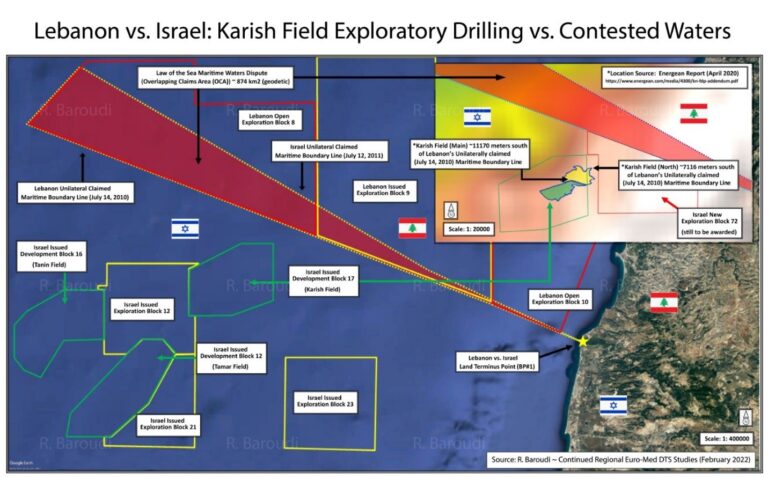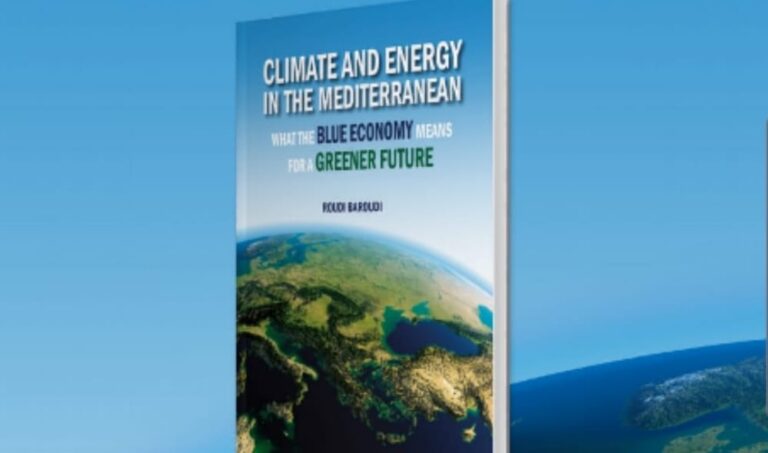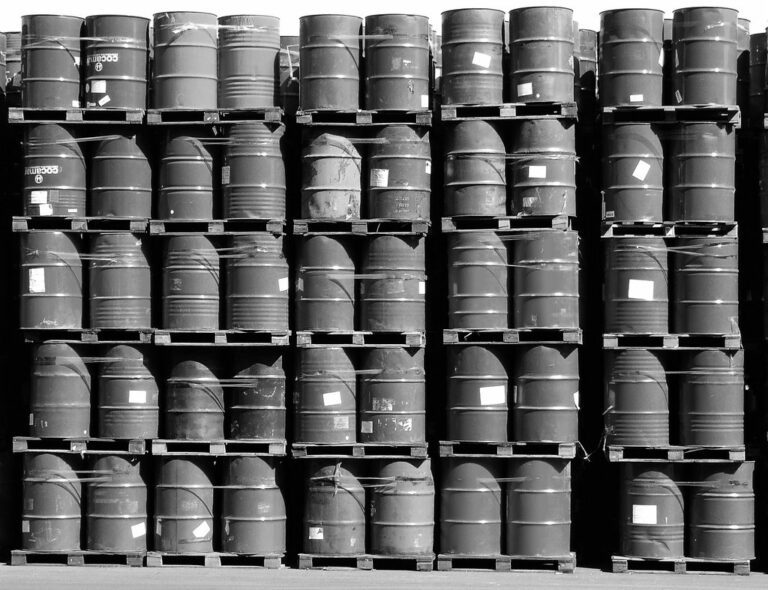QatarEnergy joins ‘Aiming for Zero’ industry initiative aiming to eliminate methane footprint by 2030

QatarEnergy, the country’s hydrocarbon bellwether, has joined the ‘Aiming for Zero Methane Emissions’ Initiative’, an industry-led move that aims to reach near zero methane emissions from operated oil and gas assets by 2030.
QatarEnergy is the first company to join the initiative outside its 12 existing signatories: Aramco, BP, Chevron, CNPC, Eni, Equinor, ExxonMobil, Occidental, Petrobras, Repsol, Shell and TotalEnergies.
The initiative adopts an all-in approach that treats methane emissions as seriously as the industry treats safety. It supports the implementation of sound regulations to tackle methane emissions and encourages governments to include methane emissions reduction targets as part of their climate strategies.
“By being the first company to join the Aiming for Zero Methane Emissions Initiative outside its 12 existing signatories, we are reaffirming Qatar’s priorities and commitments with regards to the climate change agenda, and its unwavering support to the global effort to reducing emissions, including methane,” HE the Minister of State for Energy Affairs as well as the President and Chief Executive of QatarEnergy, Saad bin Sherida al-Kaabi said.
This also falls in line with QatarEnergy’s recently announced sustainability strategy and follows landmark steps that include signing the guiding principles on reducing methane emissions across the natural gas value chain and endorsing the Global Methane Pledge, he added.
On this occasion, Bob Dudley, chair of the OGCI (Oil and Gas Climate Initiative), said “We are proud to welcome QatarEnergy, one of the world’s largest integrated energy providers, to the Aiming for Zero Methane Emissions Initiative.”
Recognising that eliminating methane emissions from the oil and gas industry represents one of the best short-term ways of addressing climate change, he encouraged others to join this ambitious effort to eliminate the oil and gas industry’s methane footprint by 2030.
The ‘Aiming for Zero Methane Emissions Initiative’ was launched in March 2022 by the OGCI member chief executives. All energy companies involved in the exploration, extraction and/or production of oil or natural gas can join as signatories at no financial cost.
Other organisations striving to have a positive influence on reducing methane emissions from the oil and gas industry can join as supporters.
Companies joining the Initiative agree to do what it takes to reach near zero methane emissions in their operations, reporting transparently, adopting better monitoring and measurement technologies and supporting the implementation of sound regulations.









